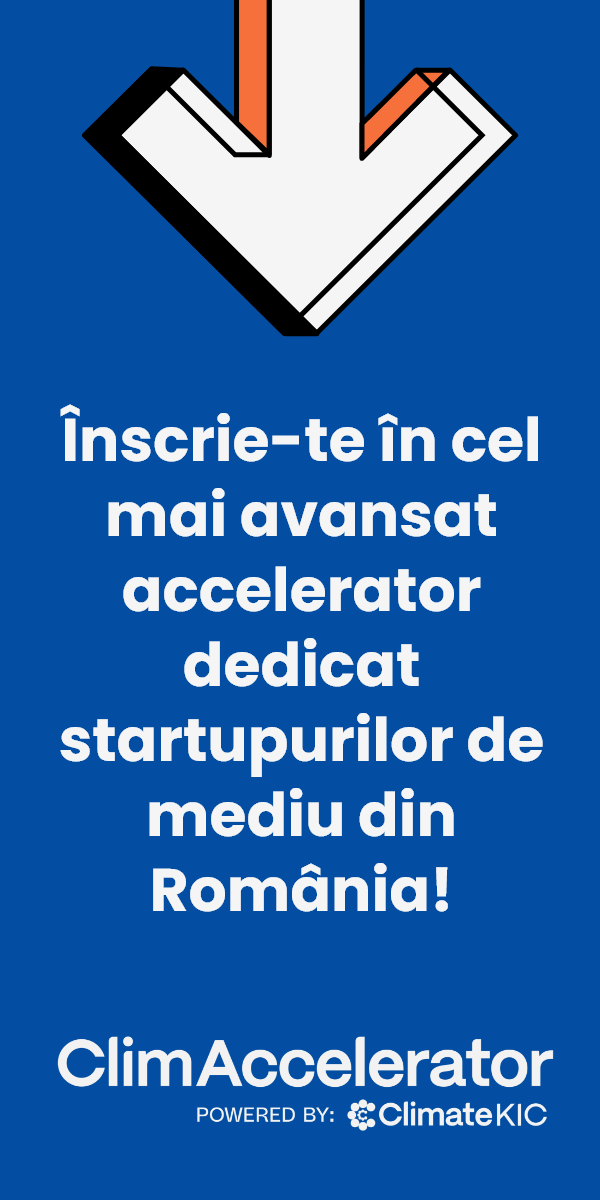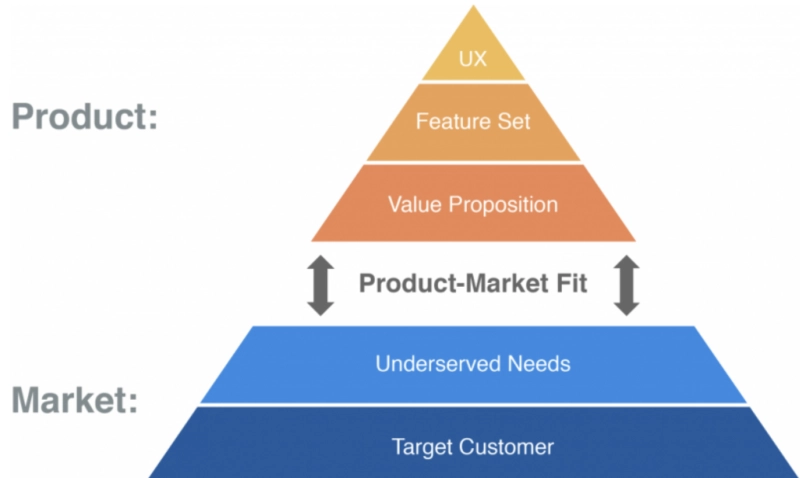The product market fit shows you that there is a market for your product. This is how you ensure that you are developing a product that your target audience wants and is willing to pay for the value it brings. Find out how to get it.

What does product-market fit mean more exactly?
The product-market fit is practically the moment when the startup is optimized, it has eliminated various dilemmas about how it can perform in relation to its market and can become sustainable. This is considered to be the degree to which a product satisfies a strong market demand, which means that the product is used, valued and paid for by a certain class of customers, which is also the appropriate market for that product.
The product-market fit is an important concept for early-stage startups that occurs after the product launch but before the scale-up phase. Once the startup reaches this phase, there is clarity on the customer segment, business model, value proposition, and the user feedback is generally good.
The term was coined by the founder of Sequoia Capital, Don Valentine, and Marc Andreessen of Andreessen Horowitz later popularized the term, saying that "The only thing that matters is getting to product/market fit. Product/market fit means being in a good market with a product that can satisfy that market."
How do you know you've reached the product-market fit?
Well, there is no universal answer to this, as it depends a lot on the market the startup is active on and, of course, on the product, but, in general, there the following signs can be used for guidance:
-
Your customer segments and especially the target group for every sub-segment are clear, you know why they buy, how you can reach them, what they need, what satisfies them.
-
The customer feedback loop is good and they are satisfied; they are proactive in providing feedback and helping you improve the product.
-
A common result of user engagement is also a good NPS (Net Promoter Score) and referrals from existing users to other potential new users.
-
The Churn Rate (the percentage of customers who quit each month) is going down, indicating that the new users appreciate the product more.
-
The most important element: The CLTV (Client Lifetime Value, which measures the profitability that every customer brings along during the period of use) seems to be going up and stabilize, looking promising.
-
Advertising becomes clearer as a process and advertising campaigns bring clicks and visitors to the platform; traffic that generally turns into quality high-quality users of the product (who acknowledge its value and use it regularly).
Regarding the metrics related to the website/platform visitors, analyze the evolution of the following:
-
bounce rate,
-
time spent with the product,
-
returning users ratio
A low bounce rate means that a visitor's expectations are met and they show interest in what they see on the website.
The time spent on the platform usually indicates the perceived usefulness and value, while returning visitors also reflect both the value of and the desire to test or use the product more.
Sean Ellis says that another way to assess the product-market fit is analyzing if 40 percent of the customers would say (via surveys or direct questions) that they would be "very disappointed" if they no longer had access to the product or label it as “a must have”.
If most of the above metrics are good and promising and the 40% rule is achieved, the startup is in the product-market fit area.
Product-market fit pyramid
A book worth reading is "The Lean Product Playbook” by Dan Olsen, which describes the connection between the MVP and the PM fit. Dan Olsen offers a set of general questions to help you assess your clarity concerning the product-market fit: the first two are about the market, while the other three are about the product and the goal of having a clear connection between the product side and the market side.
-
Which is the target group?
-
What are its underserved needs?
-
What do you want the value proposition for your users to be?
-
What are the features of the MVP you need to build?
-
What should the UX experience you want to create for your users be like?
Clues that tell you that you haven't reached the product-market fit yet
-
Customers don't understand the value of your product or service - if you get this feedback a lot, take the time to analyze the value and why they don't want to buy.
-
Insufficient number of sales compared to the effort put into the process. If there are sales, the sales cycle takes much longer than expected, and convincing them to buy the product takes a big effort compared to the result.
-
No repeat or high sales, while the service life of the product is less than you originally anticipated.
-
There is no word-of-mouth - this usually happens when customers aren't that convinced to recommend your product.
-
Given the above, the product metrics are not looking good, neither those related to the purchase process, nor those related to the user conversion and retention.
It's also important not to mistake the product-market fit with the identification of the problem and the validation of the solution (which occur earlier in the startup's life and generally refer to the customers' willingness to solve a problem they perceive as having; which does not necessarily mean that the solution they are looking for is the product you're making).
In conclusion, remember that the product-market fit is not a yes or no, true or false thing; achieving it does not guarantee the product's traction and success on the market, as this is influenced by many other factors, but it is an indicator that it is on the right track.
Mircea Vădan is Managing Partner of Activize & Board Member of Cluj Startups . In Activize.Tech, Mircea focuses on accelerator programs, advisory services for corporations, startups, and VCs.
He works with startup teams during the idea validation, product definition, metrics, go-to-market strategy, business development and investment accessing processes. He is involved in the development of the entrepreneurial ecosystem and founded the Cluj Startups community in 2012. Since then, he has contributed to the development of the FreshBlood, Fintech Camp and Cluj.AI communities.
















